
Dr. Kristian Fried holds doctoral degrees in both chemistry and toxicology. He is certified by the American Board of Toxicology and by the European Register of Toxicologists. Dr. Fried has more than 15 years of hands-on work experience in the chemical and consumer product safety and stewardship sectors and is an appointed Adjunct Assistant Professor at Rutgers University where he teaches human risk assessment.
Dr. Fried’s passion for applying insights from chemistry to toxicology began during his academic training, which he pursued across multiple geographies. Lessons from the first-time synthesis of a novel dioxin analogue and its characterization, including steric modeling, motivated him to study biological effects from receptor binding to in vitro responses and culminated in the identification of potential therapeutic applications based on nonclinical models.
In his ensuing industry career, Dr. Fried devoted his expertise to human health sciences, environmental toxicology and fate, as well as applied regulatory toxicology. His professional practice extends from patient safety and the investigation of down-the-drain fate and environmental effects of drugs to the safety of oral care products as well as other consumer goods such as cleaning products, cosmetics, flavors, and fragrances. Furthermore, Dr. Fried has assessed and advised on occupational safety regarding workplace exposures in the chemical and petrochemical sectors and the mining industry.
His leadership roles in corporate toxicology honed Dr. Fried’s strong analytical and strategy skills, which he also applied in the management of consortia work regarding scientific fundamentals as well as ingredient defenses. He has firsthand expertise with the European Chemicals Agency, the European Commission’s Scientific Committee on Consumer Safety, FDA, EPA, and California’s Office of Environmental Health Hazard Assessment.
Dr. Fried currently leads Integral’s Product Stewardship and Liability group, where he serves as principal in charge, project manager, or senior technical reviewer for various projects serving consumer products consortia and industry clients.
Ph.D., Toxicology, The University of Kansas Medical Center, Kansas City, Kansas, 2007
Dr. rer. nat. (Ph.D.), Chemistry, Technical University of Munich, Munich, Germany, 2004
Dipl.-Chem. (M.S.), Chemistry, Ludwig-Maximilian University, Munich, Germany, 2000
Diplomate of the American Board of Toxicology (DABT), since 2011
European Registered Toxicologist (ERT), since 2020
American Management Association training in Project Management Leadership, Technical Project Management, Results-Oriented Communication, and Negotiating to Win (2–3 day sessions each)
EPA Sustainable Futures (3-day workshop)
Dale Carnegie Course by Dale Carnegie Training
Positive Power and Influence Program by Situation Management Systems
The Craft of Scientific Presentations by M. Marshall
Member of the Society of Toxicology
Member of the International Society for the Study of Xenobiotics
Member of the German Society of Toxicology
Kristian Fried, Ph.D., Dr. rer. nat., DABT, ERT Senior Consultant
Dr. Kristian Fried holds doctoral degrees in both chemistry and toxicology. He is certified by the American Board of Toxicology and by the European Register of Toxicologists. Dr. Fried has more than 15 years of hands-on work experience in the chemical and consumer product safety and stewardship sectors and is an appointed Adjunct Assistant Professor at Rutgers University where he teaches human risk assessment.
Dr. Fried’s passion for applying insights from chemistry to toxicology began during his academic training, which he pursued across multiple geographies. Lessons from the first-time synthesis of a novel dioxin analogue and its characterization, including steric modeling, mot...
Dr. Kristian Fried holds doctoral degrees in both chemistry and toxicology. He is certified by the American Board of Toxicology and by the European Register of Toxicologists. Dr. Fried has more than 15 years of hands-on work experience in the chemical and consumer product safety and stewardship sectors and is an appointed Adjunct Assistant Professor at Rutgers University where he teaches human risk assessment.
Dr. Fried’s passion for applying insights from chemistry to toxicology began during his academic training, which he pursued across multiple geographies. Lessons from the first-time synthesis of a novel dioxin analogue and its characterization, including steric modeling, motivated him to study biological effects from receptor binding to in vitro responses and culminated in the identification of potential therapeutic applications based on nonclinical models.
In his ensuing industry career, Dr. Fried devoted his expertise to human health sciences, environmental toxicology and fate, as well as applied regulatory toxicology. His professional practice extends from patient safety and the investigation of down-the-drain fate and environmental effects of drugs to the safety of oral care products as well as other consumer goods such as cleaning products, cosmetics, flavors, and fragrances. Furthermore, Dr. Fried has assessed and advised on occupational safety regarding workplace exposures in the chemical and petrochemical sectors and the mining industry.
His leadership roles in corporate toxicology honed Dr. Fried’s strong analytical and strategy skills, which he also applied in the management of consortia work regarding scientific fundamentals as well as ingredient defenses. He has firsthand expertise with the European Chemicals Agency, the European Commission’s Scientific Committee on Consumer Safety, FDA, EPA, and California’s Office of Environmental Health Hazard Assessment.
Dr. Fried currently leads Integral’s Product Stewardship and Liability group, where he serves as principal in charge, project manager, or senior technical reviewer for various projects serving consumer products consortia and industry clients.
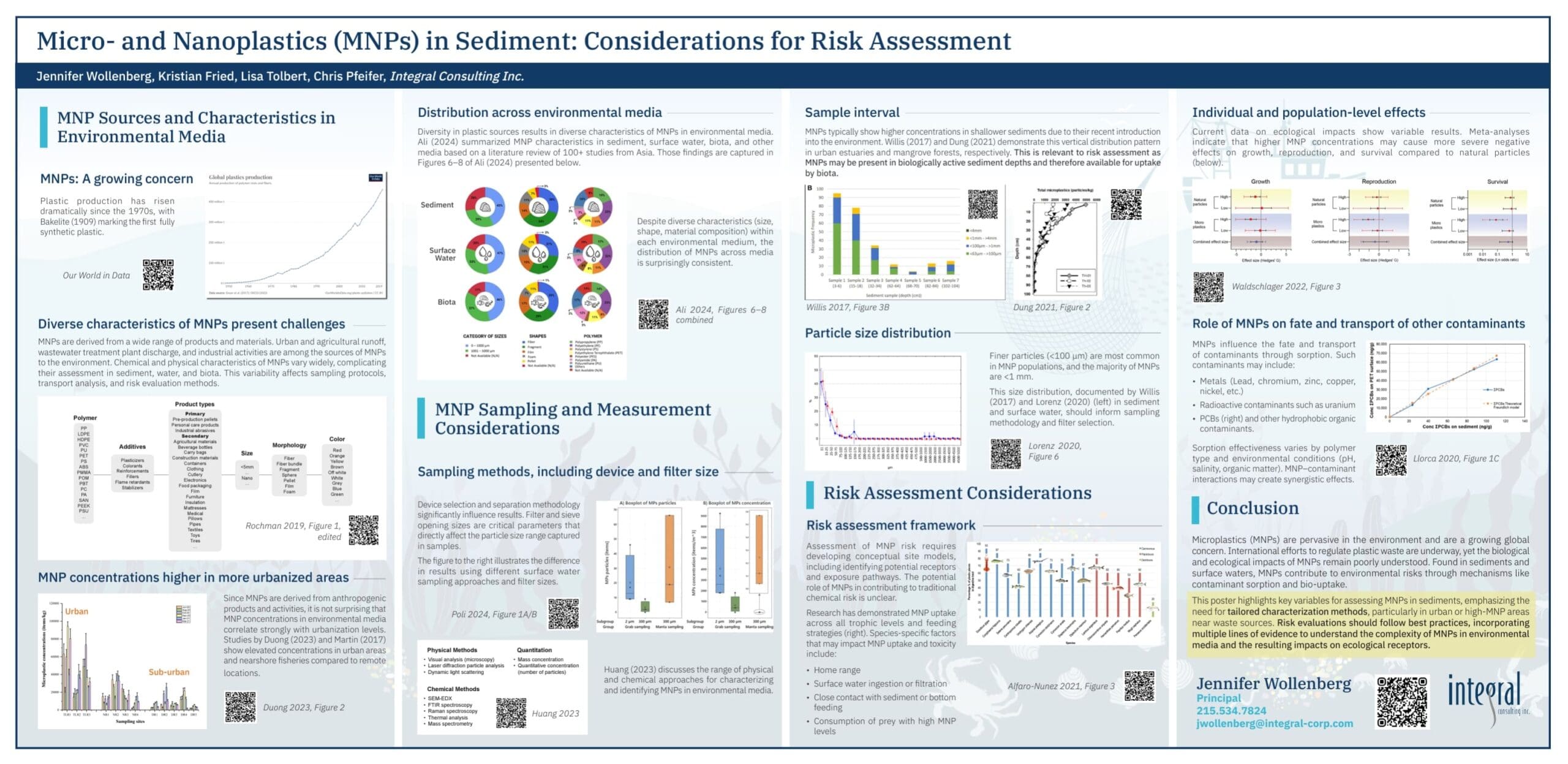
Building a Safe Energy Future: Proactive Product Stewardship for Battery Storage
Resource
September 06 2024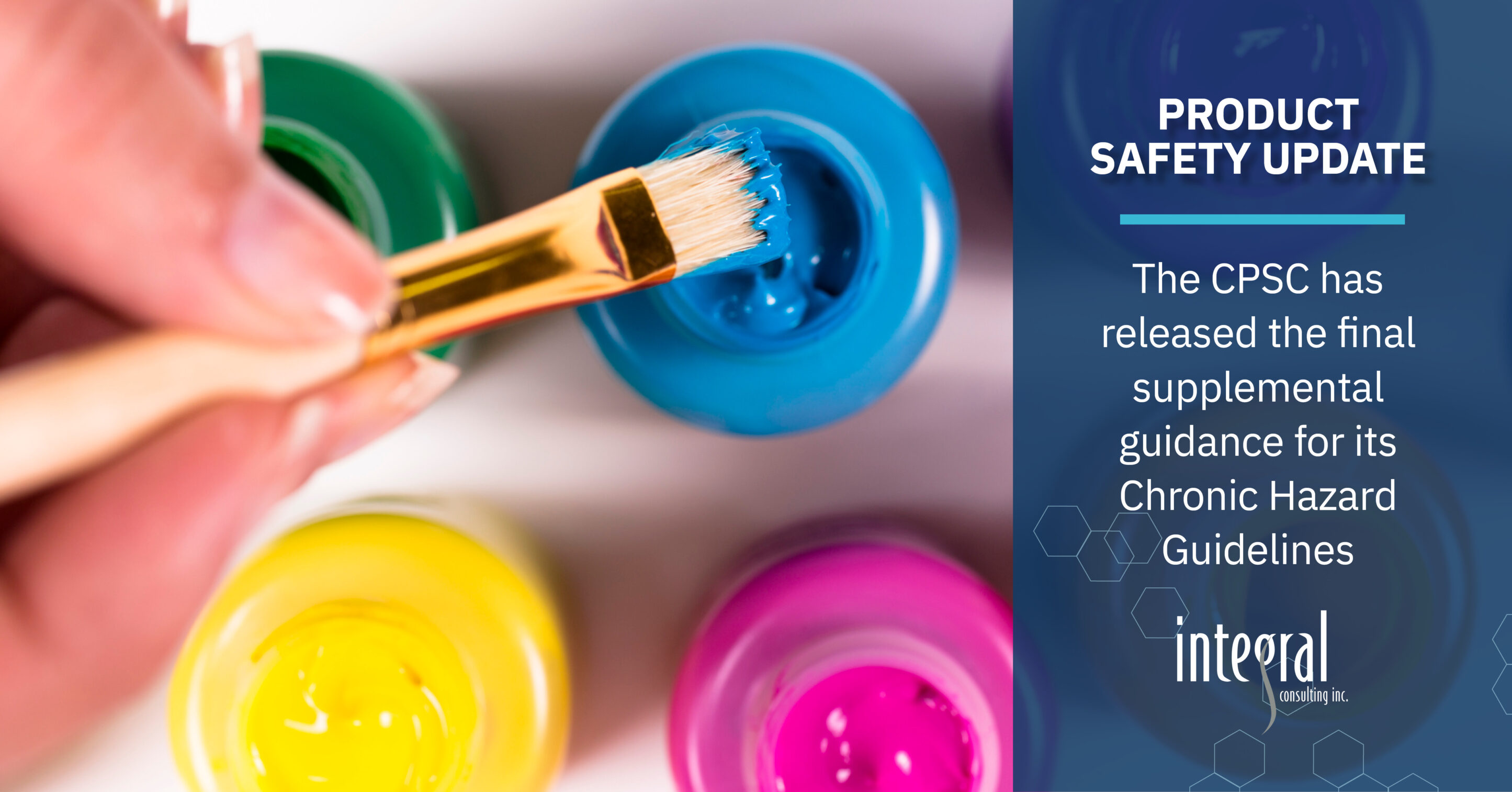
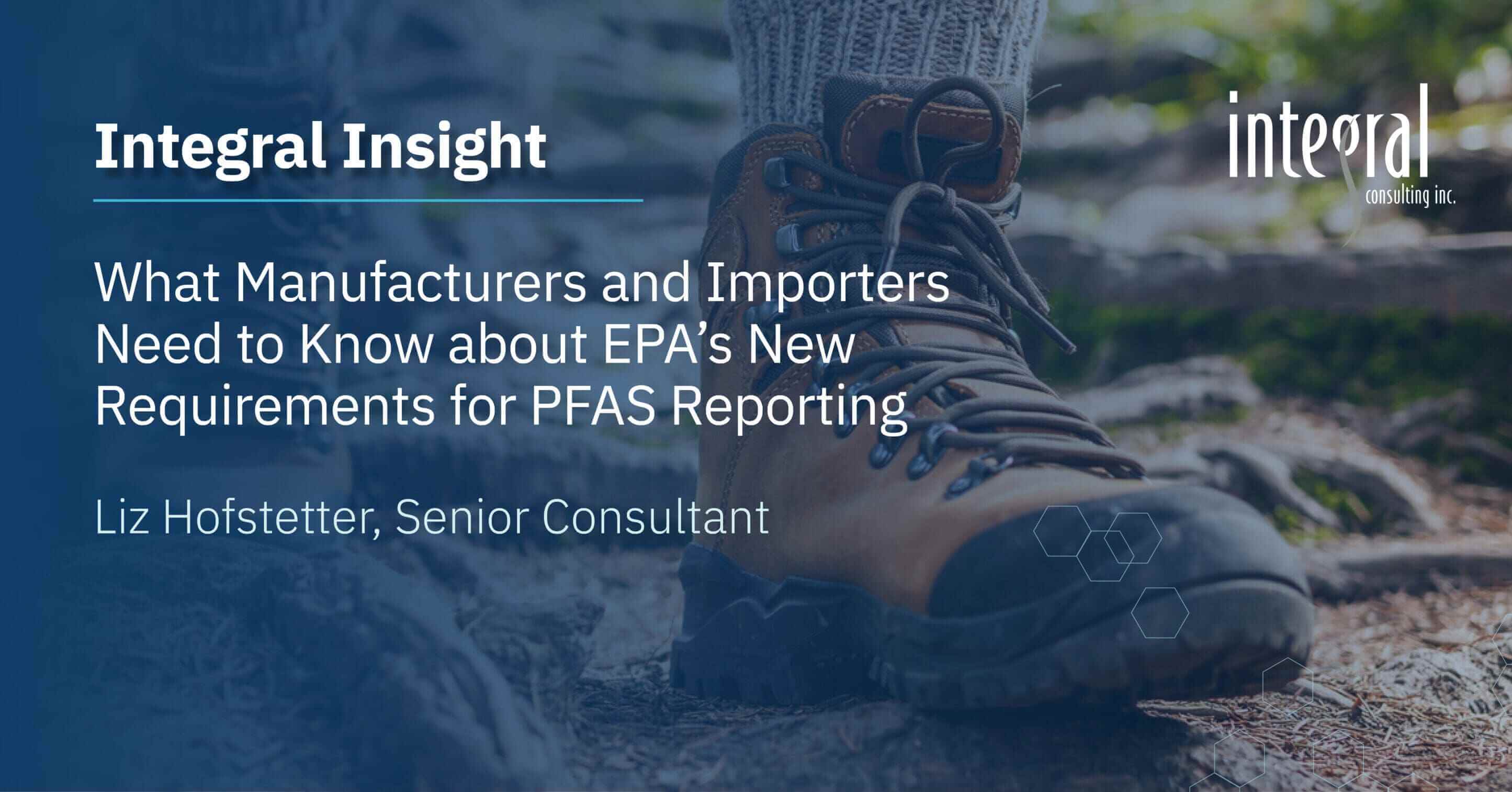
Demystifying PFAS Reporting: Navigating EPA’s TSCA Section 8(a)(7) Requirements
Resource
January 29 2024
FDA Requests Information on Food Contact Uses of Fluorinated Polyethylene
Press Release
August 12 2022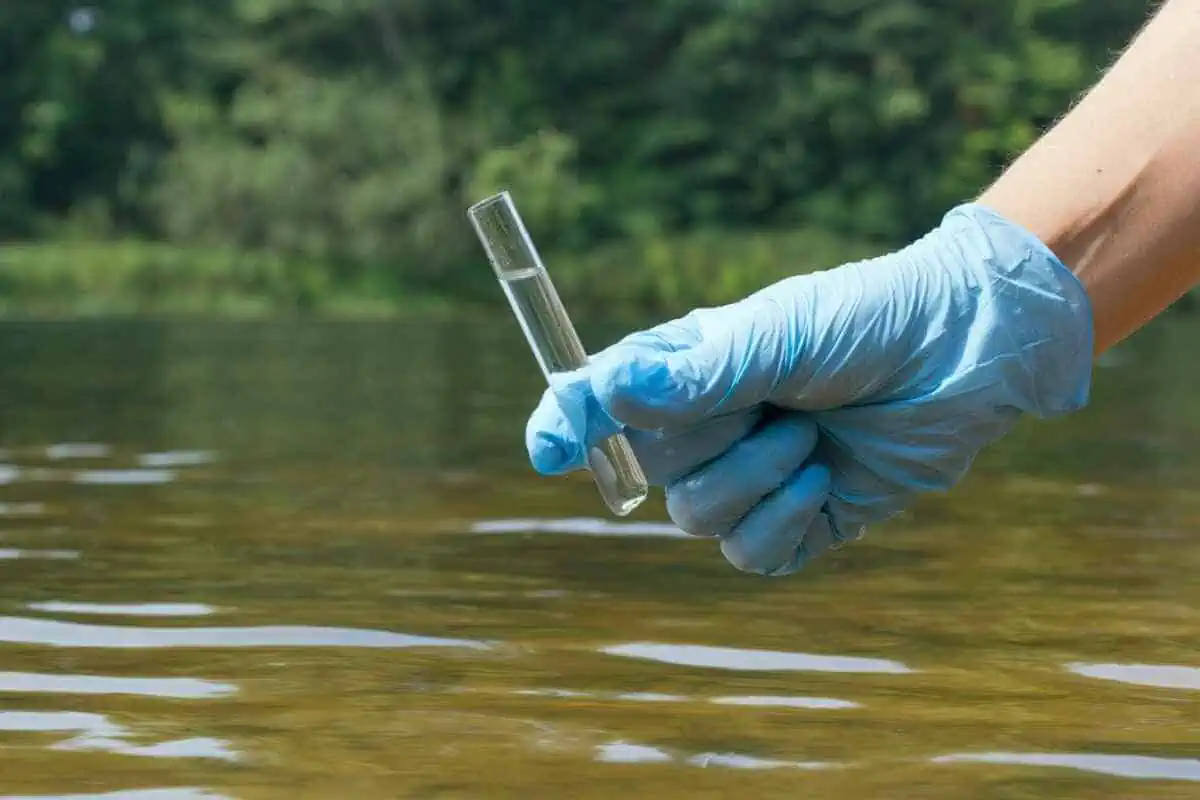

Erin Palko Presents on Environmental Issues Related to the Spill Act at CCNJ Conference
Press Release
October 21 2021The European Chemicals Agency Develops Comprehensive Toxicokinetics Database
White Paper
September 23 2021
Safe Exposure Limits for Mica: Paul DeLeo and Kristian Fried to Present Study Results at SOT Meeting
Press Release
March 11 2021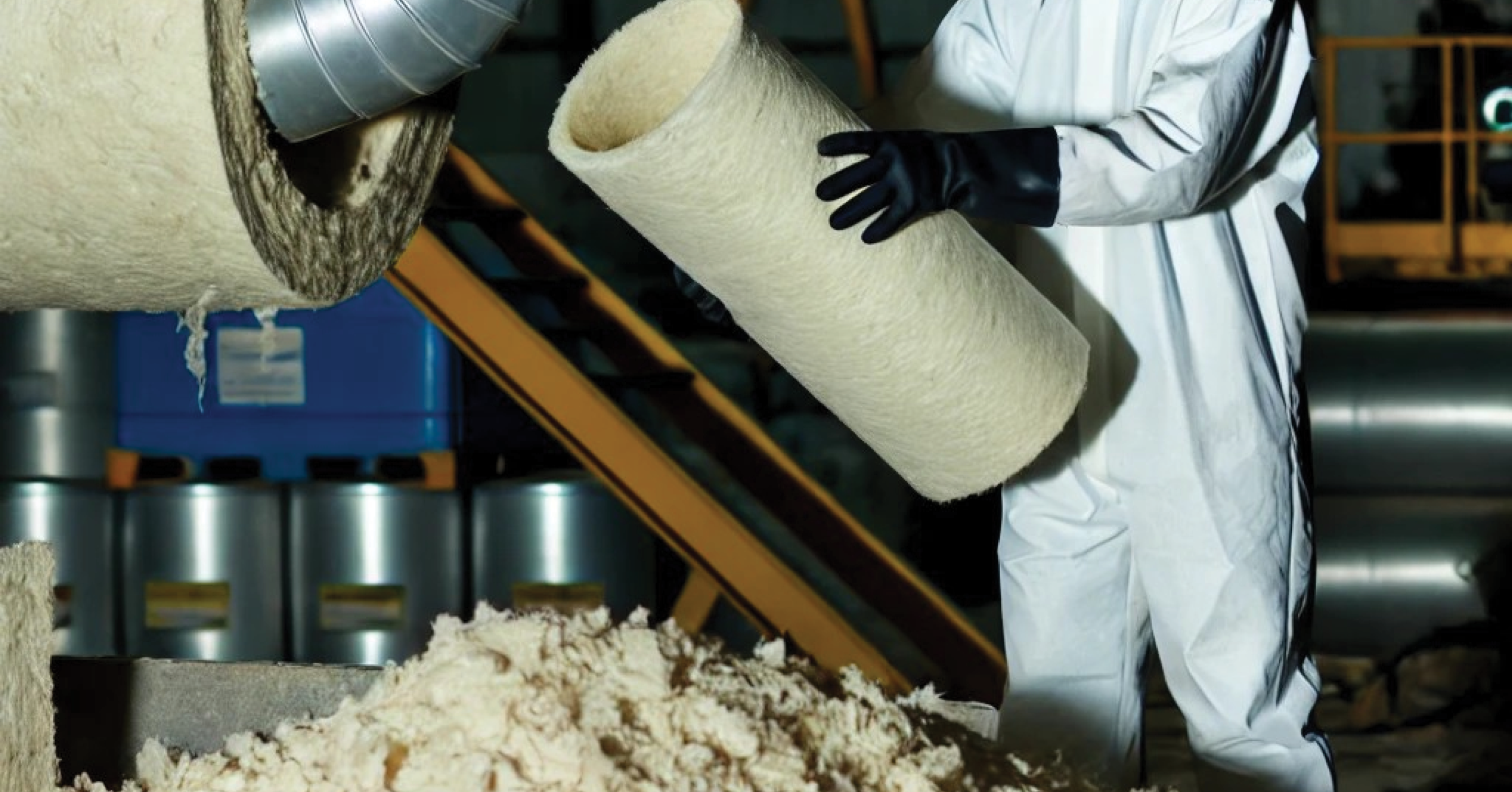
Work Practice Simulation and Exposure Modeling for VOCs in Industrial Insulation
Case Study
November 19 2024
Occupational Risk Assessment and Exposure Mitigation for Laser Device Emissions
Case Study
November 19 2024







- Product Stewardship
- Health And Safety
- Pharmaceutical Risk and Toxicology
- Fate and Transport
- PFAS
- Litigation Support

